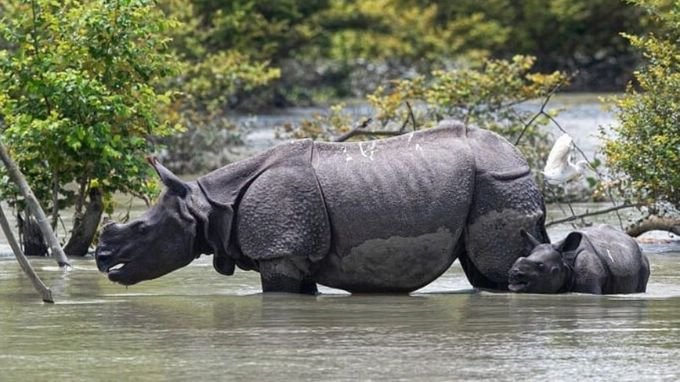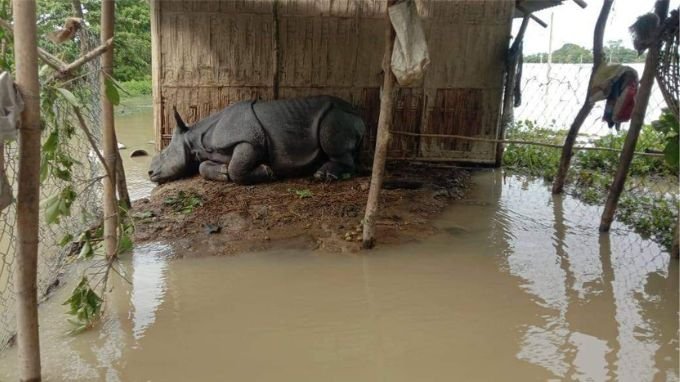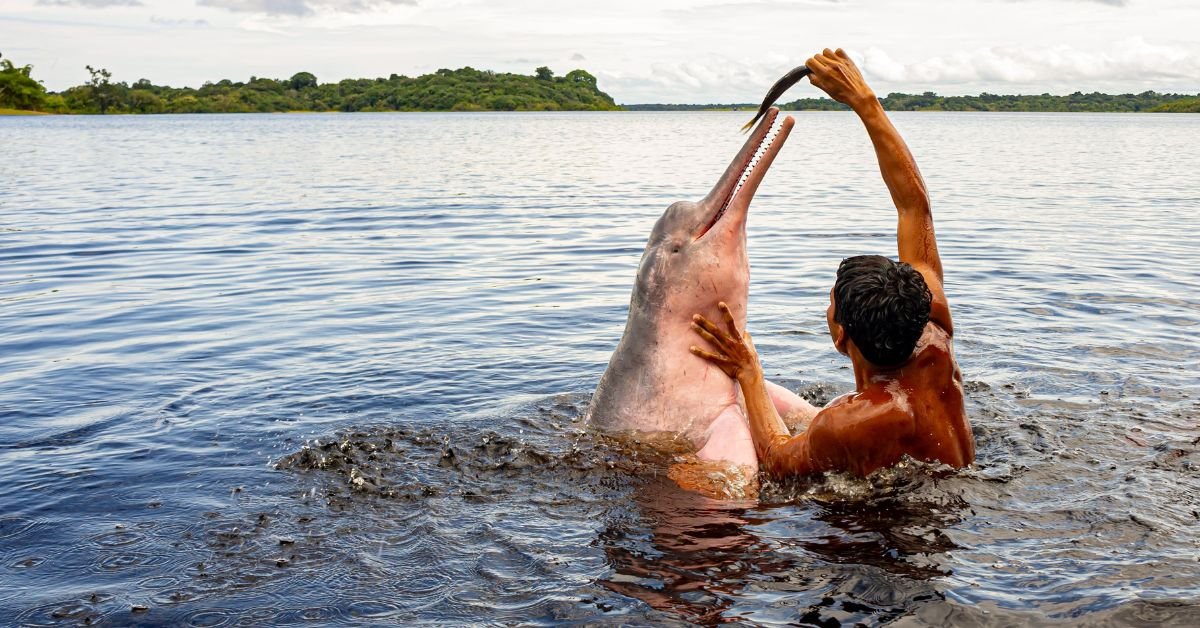The story of Assam and its floods seems never-ending. The Himalayan rivers and heavy monsoon rains wreak havoc across the region. The Brahmaputra valley, an extensive plain in Assam, sees all major rivers flowing into it, making floods inevitable. The Kaziranga National Park, located in the heart of Assam, is no exception. Flooding in Kaziranga is an annual event, making headlines as soon as the monsoon season begins in India. This informative blog delves into the floods in Kaziranga National Park, their causes, effects on wildlife habitat, measures to tackle the floods, and the benefits they bring.
What Causes Floods in Kaziranga?
Kaziranga National Park is situated in the floodplains of the mighty Brahmaputra River. Within the park, the Brahmaputra splits into numerous braided channels, which partially dry up during the winter months and overflow during the monsoon season. This natural fluctuation is characteristic of the Brahmaputra floodplain, making flooding in Kaziranga inevitable. The annual floods are a completely natural process, driven by the river’s dynamic nature and the region’s geological patterns.

Condition of Kaziranga During Annual Flood
Every monsoon, the river overflows, submerging approximately two-thirds (66 percent) of Kaziranga National Park. According to official statistics, around 200 wild animals die each year due to the floods, including rhinos, tigers, and elephants. However, the actual number could be much higher, potentially surpassing 400 to 500. The number of butterflies, insects, and reptiles that perish during the floods remains uncounted, as their carcasses are difficult to locate.

When floods inundate Kaziranga National Park, the animals migrate southwards to the Karbi Anglong Hills for refuge. Unfortunately, to reach safety, they must cross NH-37. This often results in wild animals being hit by speeding vehicles on the highway that runs through the park, a recurring concern during the flood season. In addition to enforcing speed restrictions, park authorities utilize drones and animal sensors to help prevent such accidents.
Human-Animal Conflict During Flood
As water levels rise, animals flee the flooding in Kaziranga National Park and enter nearby human-inhabited areas. In their search for dry land, they often destroy paddy fields, tea gardens, homes, and businesses. This situation poses a major concern. Barricading the entire park is simply not feasible. Although attacks on humans by wild animals are not common, the possibility always exists.

The picture shows a one-horned rhinoceros resting peacefully in front of a mud and bamboo house of villagers living outside Kaziranga National Park.
Steps To Manage Floods in Kaziranga
Rehabilitation and Treatment Centers for Animals: Establishing dedicated centers within and around Kaziranga National Park is crucial for the care and rehabilitation of injured or distressed animals during floods.
Green Corridor Across NH-37: To ensure the safe passage of animals migrating to the Karbi Anglong Hills, creating a green corridor across NH-37 is essential.
Creating Elevated Flatlands Inside Kaziranga: Constructing elevated areas or highlands within the park can provide refuge for animals during floods.
Patrolling Inside the Park to Rescue Animals: Enhanced patrolling during the flood season is vital for the timely rescue of stranded or injured animals.
Why Floods in Kaziranga is a necessary evil?
Contrary to common perception, the seasonal flood in Kaziranga National Park and Tiger Reserve is necessary to maintain the grassland ecosystem in the long term as it helps in cleaning up of more than 200 water bodies, beels and lakes to provide sufficient supply of oxygen in the water. Flood water brings and deposit silt and helps in maintaining soil fertility and ensures regular growth of different species of tall grasses, popularly called elephant grasses, and some herb species which the wild herbivores feed on.
As a result, the water becomes free of pollution and becomes suitable for aquatic species, including fish and turtle, and also for wild animals which prefer to consume clean water instead of dirty and polluted water caused by water hyacinth. It has helps in the conservation of migratory birds prefer to feed on small fish and insects present in water bodies.

















